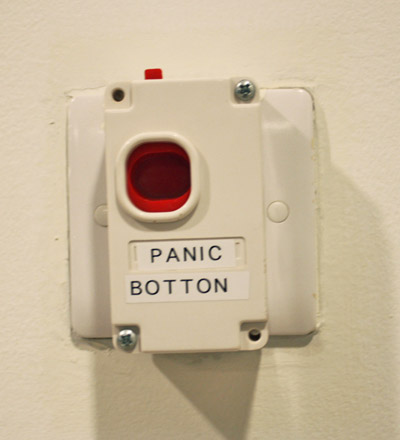I am embarrassed to admit that although I have watched para-dressage online, I have never actually seen it in person. Here at the CHI Al Shaqab (where international para-dressage is making its Asian debut) I was struck by several things:
- The severity of some of the physical challenges these riders are living with, from neurological and other diseases to grievous injuries where limbs have been lost. (An interesting sidenote here is that the Gr. IV competitor here from Ireland, James Dwyer, who lost a leg to cancer, married Philippa Johnson-Dwyer of South Africa in 2014, a fellow Gr. IV competitor who rides with one arm as the result of a car accident.)
- The quality of the horses. Any of these lovely mounts could easily make the switch to able-bodied dressage. In fact, Canada’s lone entry at this show, Roberta Sheffield, has begun showing in British Dressage restricted medium classes, with tremendous success.
- The unique considerations. For example, horse buddies are allowed to stand by the ring during a performance to keep the competing horse calm, especially in Grades 1a/1b where the riders are the most vulnerable. Also, clapping is discouraged so as not to risk spooking the horses; the audience is invited to wave instead.
If you ever get the chance ‒ which is rare, as there are so few para-dressage competitions in Canada (exactly zero according Equine Canada’s 2015 calendar) ‒ take the time to watch some tests. It’s good for your soul.
On the opposite end of the feel-good spectrum, we have the camel racing. It occupied several channels on TV last evening, and is a Really Big Deal here. The races are extremely prestigious and there is a lot of horn-honking and back-slapping and hearty congratulations afterward. But I was a bit horrified to see the contraptions mounted on the camels’ backsides which contain little spinning remote-control whips to make them run faster. I suppose this is quite normal and far superior to the small children who as recently as 2007 used to ride them in races, and to their credit the animals seemed healthy, fit and quite unconcerned about their robotic jockeys. It may just be my hair-trigger North American sensibilities at play here, but once the ongoing equine welfare issues in the Middle East are resolved ‒ if they ever are ‒ I think the camels should be next up on the docket.


